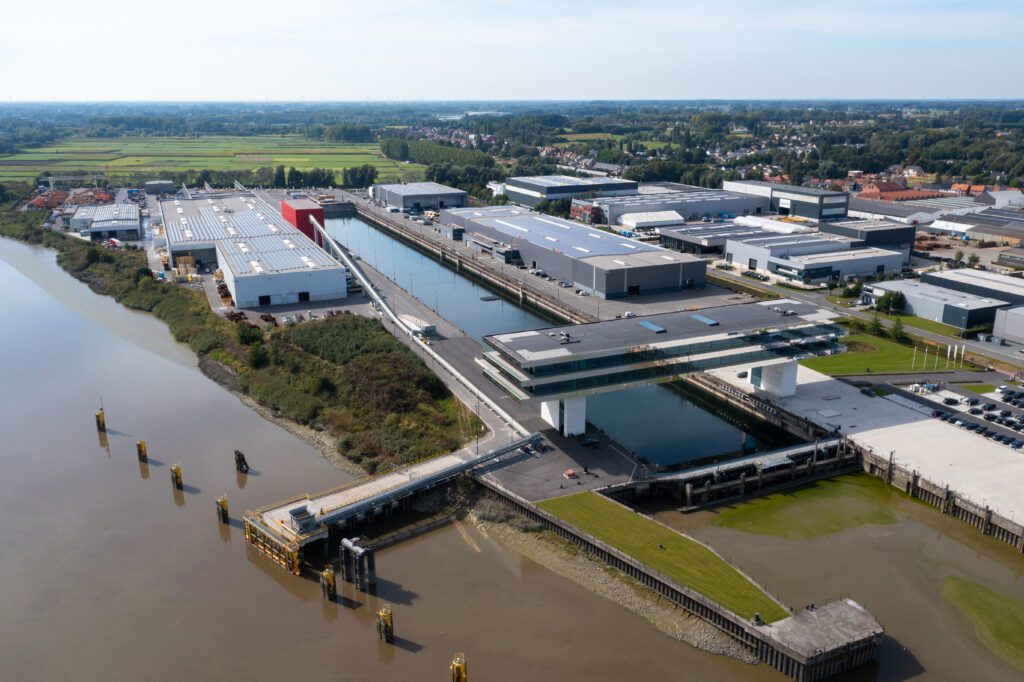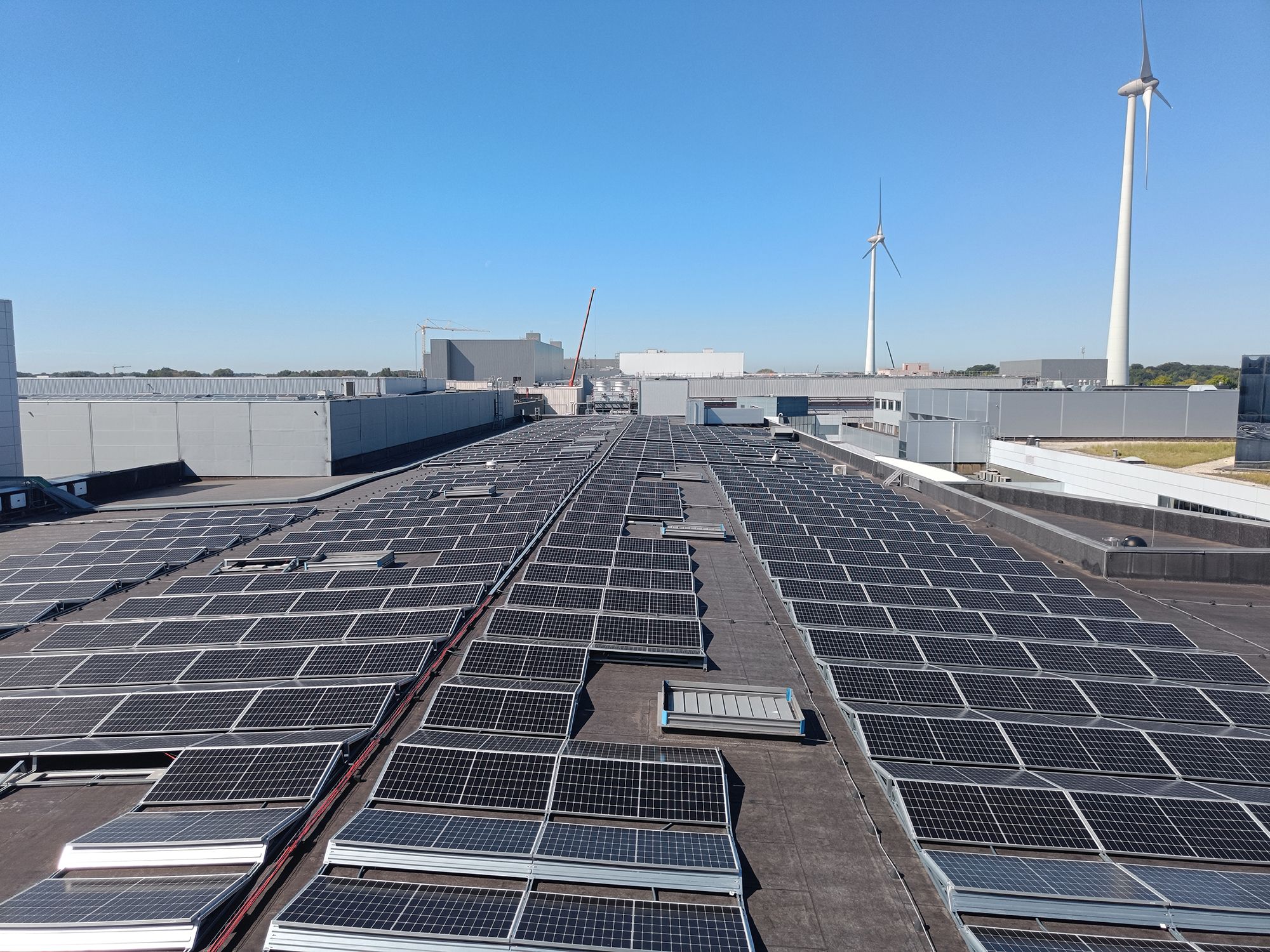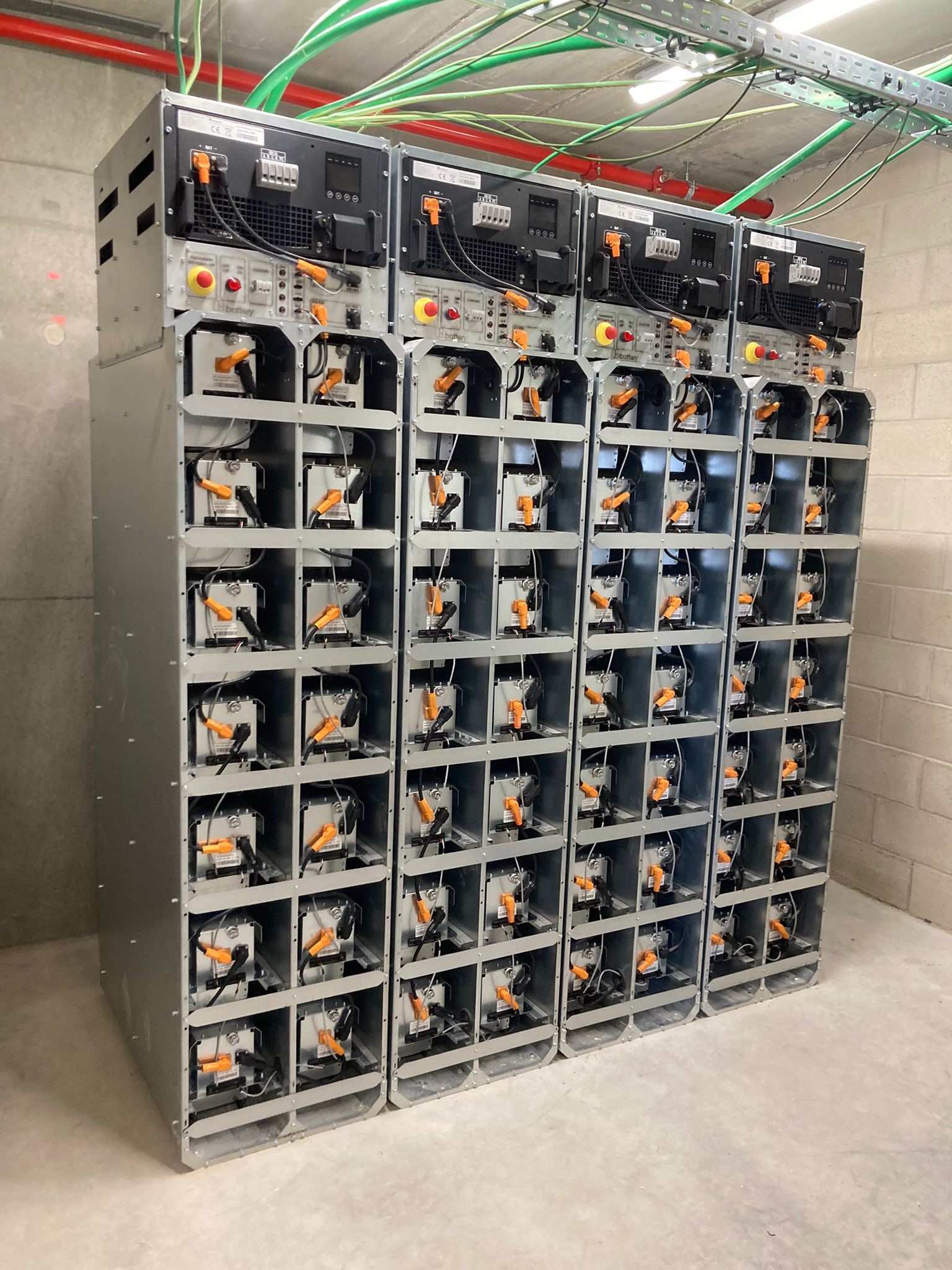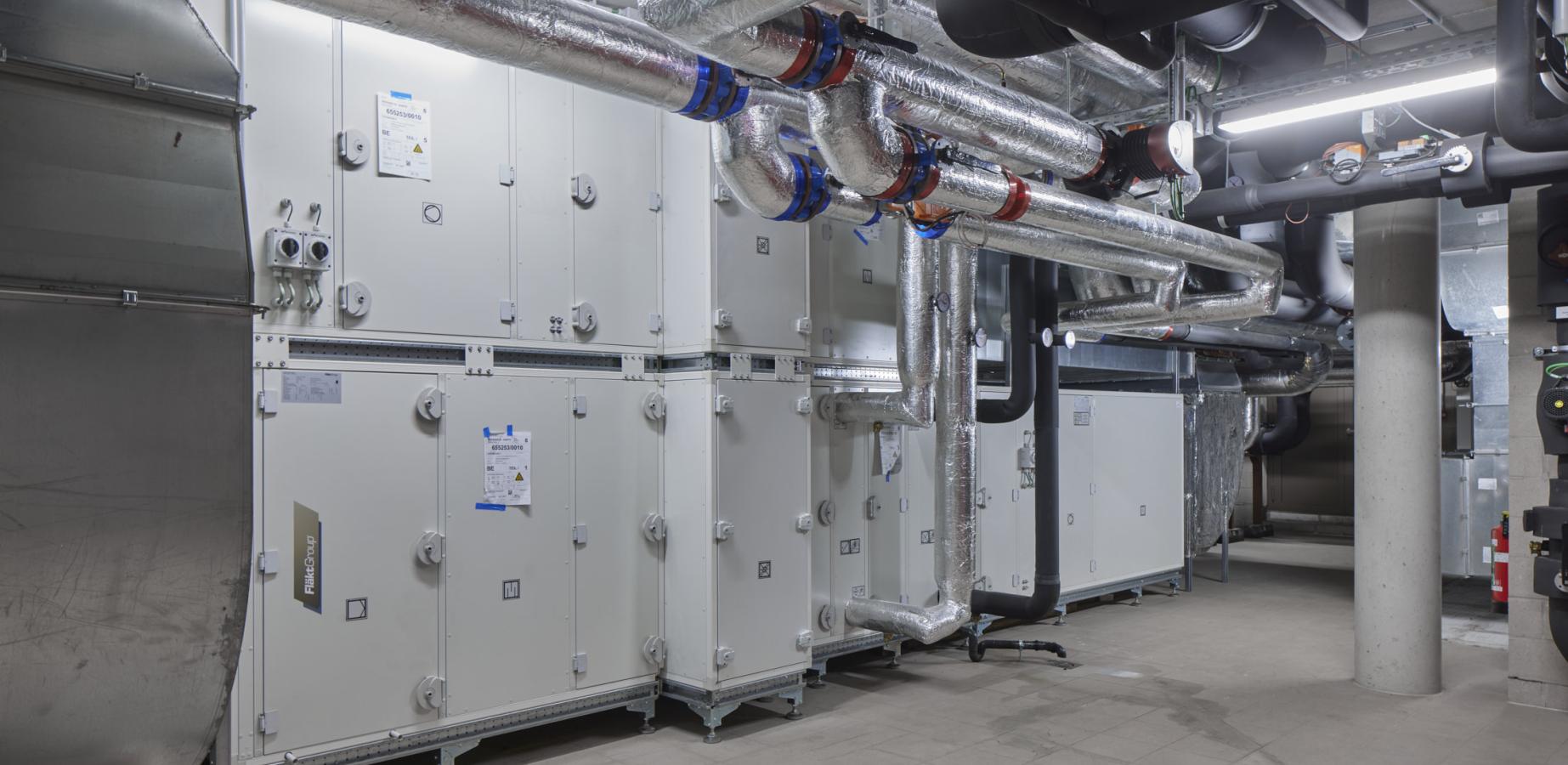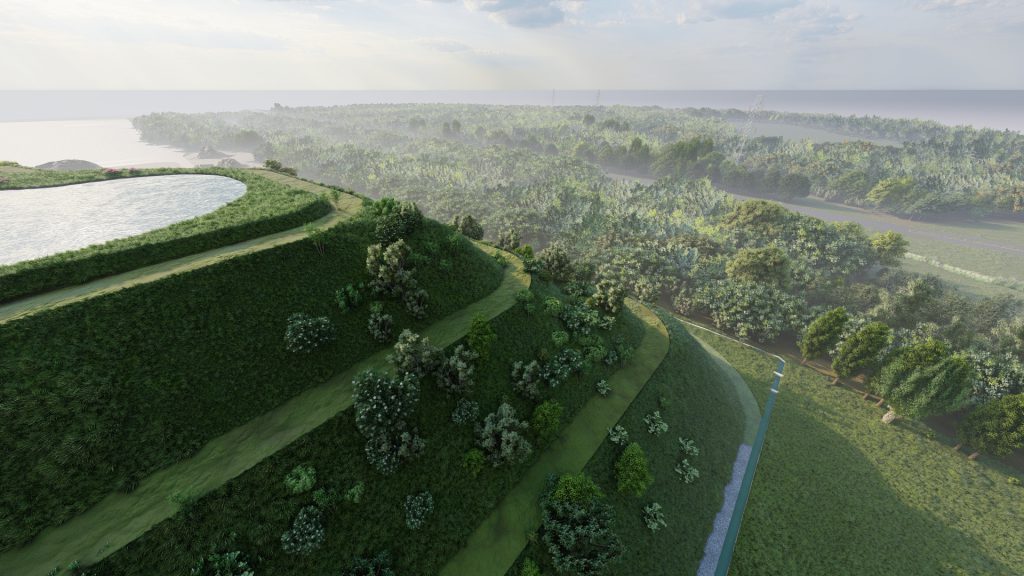Hydrogen boiler heats building of Port Of Antwerp-Bruges
The 1430 m³ “Schildershal” workshop of the NOC (Nautical Operational Cluster) is heated using a hydrogen boiler running on hydrogen from renewable sources, making it climate-neutral. The use of such a boiler for such a building is a first in Belgium.
The hydrogen is derived from renewable energy sources: 70% from locally produced green energy from surplus solar panels, and the remaining 30% from the grid via green power purchase.
Imtech was the contractor for this innovative pilot project and happy to support the customer in its ambition to have a leading position in the local and international hydrogen economy.
Port of Antwerp-Bruges aims to reduce CO₂ emissions resulting from building heating by 92% by 2030.
